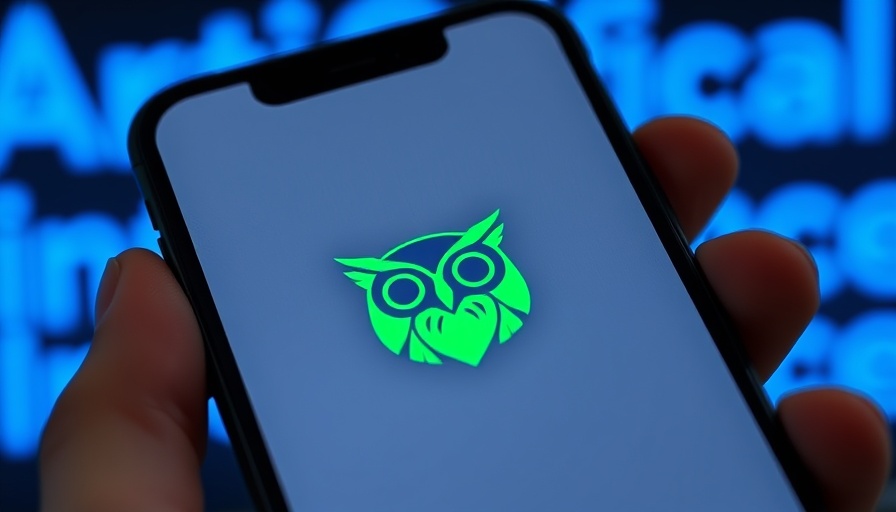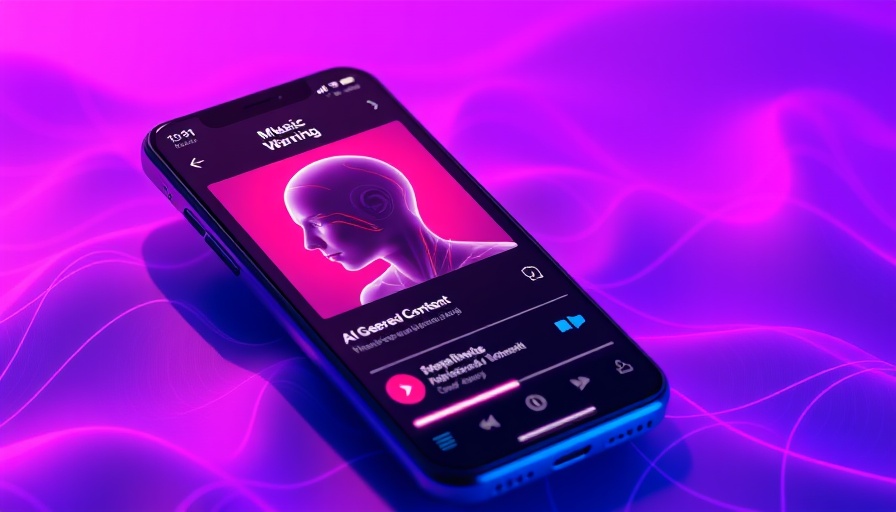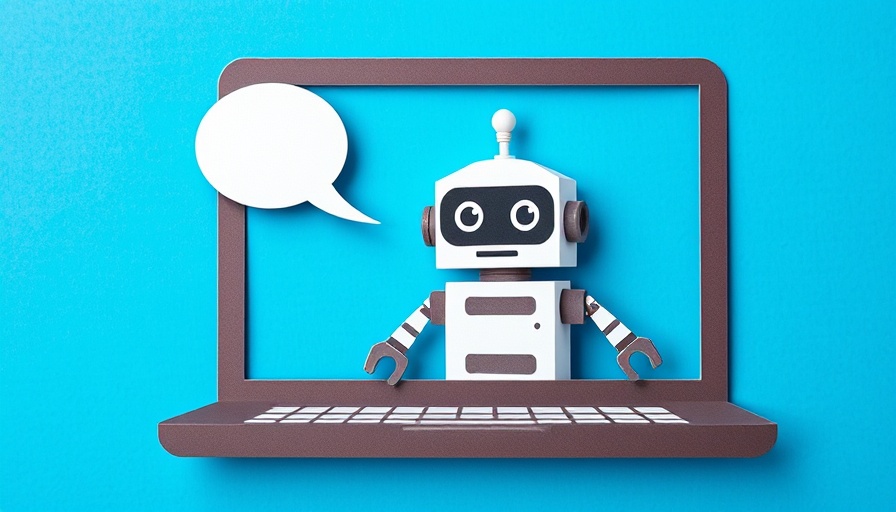
Duolingo's Bold Move to AI-Powered Language Learning
In a transformative leap, Duolingo has launched 148 new language courses generated entirely by artificial intelligence (AI). This unprecedented expansion comes in the wake of the company's controversial decision to replace contractors with AI—a shift that has stirred up significant backlash among users and industry analysts alike.
The Scaling Power of Generative AI
Duolingo's co-founder and CEO, Luis von Ahn, stated that developing 100 courses took about 12 years, yet with AI, the company managed to produce and roll out almost 150 courses in under a year. This rapid momentum showcases generative AI's potential, positioning Duolingo as a pioneer in scaling educational content efficiently. Traditional language course creation is a labor-intensive process, often requiring years of development, highlighting the game-changing role of AI in education.
Balancing Innovation with Ethical Considerations
Despite the positive potential of AI, the rollout has not happened without concerns. Many users have expressed their disappointment, fearing that AI-generated content may compromise quality. Critics argue that while AI might increase productivity, it may not enhance educational value. On social media, there have been calls to boycott the app, with users claiming that AI is diluting the learning experience due to inaccuracies and a lack of personalized feedback.
Impacts on Employment and the Workforce
Duolingo's shift towards an AI-first strategy raises essential questions about the implications for workforce dynamics in the tech industry. The announcement made by von Ahn regarding relegating contract work to AI tools means that employees must adapt or face redundancy. He emphasized that headcount will depend on the inability to automate, which might evoke fears over job security among staff. This evolution reflects a broader trend seen across various sectors where automation threatens traditional roles but can also spur new opportunities for innovation.
Navigating the Future of AI in Education
The recent developments at Duolingo encourage a broader conversation about the future of AI within the education sector. As the company rolls out more beginner-friendly courses, it plans to introduce advanced content in the coming months. Utilizing features like DuoStories for reading comprehension and DuoRadio for listening skills shows how Duolingo aims to enhance learning experiences further. Educational institutions and businesses can take note, surmising that the future will likely belong to platforms that effectively integrate AI while maintaining pedagogical integrity.
Conclusion: Embracing Change and Future Readiness
As Duolingo stands at this technological crossroads, its experiences offer a poignant lesson for organizations considering AI integration. Balancing the efficiency gained from AI with human-centric values and quality assurance will be vital in securing user trust and satisfaction. Understanding the ethics of AI utilization will not only improve implementation strategies but also ensure sustainability.
 Add Row
Add Row  Add
Add 




Write A Comment